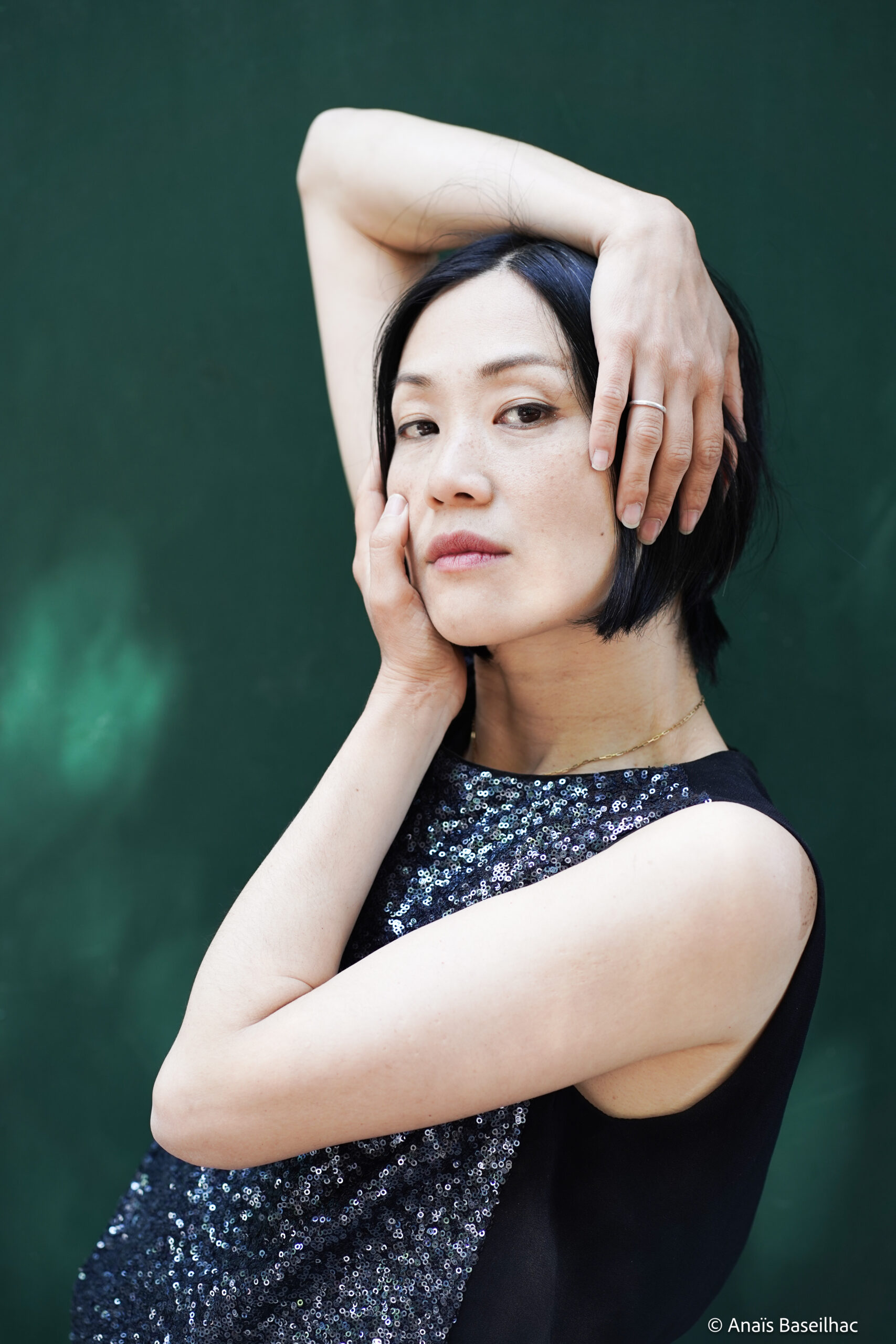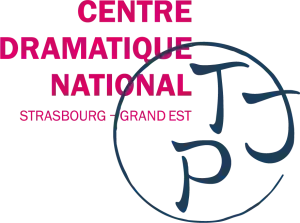KAORI ITO

As a dancer and creator for the past 20 years, Kaori Ito strives to create a vital movement that links bodies together and brings into existence the empty, the invisible and the sacred. In 2023, eight years after bringing her projects to fruition within her own company, Kaori Ito takes over the direction of the TJP, Centre dramatique national de Strasbourg - Grand Est. Her aim is to make the TJP a transdisciplinary, intercultural and intergenerational theater that promotes the cross-disciplinary nature of art, the importance of questioning children and their involvement in the creative process.
KAORI ITO
Born in Japan into a family of artists, Kaori Ito began training in classical dance at a very early age, followed by modern dance in New York before becoming, from 2003 onwards, a performer for leading European choreographers - Philippe Decouflé, Angelin Preljocaj, Alain Platel, Sidi Larbi Cherkaoui, James Thierrée.
She began writing choreography in 2008, and continues to work as a choreographer on various commissions - Ballets C de la B, Chilean National Ballet, Japonismes, Ballet de Chemnitz / France Danse Allemagne - as part of collaborations - with Aurélien Bory, Denis Podalydès, Olivier Martin Salvan, Yoshi Oïda, Manolo - or for her own company, Himé, which she founded in 2015. In the same year, she was awarded the Prix Nouveau Talent Chorégraphie by the SACD and made a Chevalier de l'Ordre des Arts et des Lettres.
A polymorphous artist, she also produces short films, sound creations and visual works - painting, drawing, silkscreening. She regularly collaborates in various capacities on theater and film projects.
HIME
In founding her company, she inaugurated a cycle of autobiographical creations consisting of three pieces: I dance because I distrust words (with his father - 2015), Embrase Me (with his partner - 2017) and Robot, eternal love (solo - 2018).
With this trilogy completed, she returned to her Japanese culture, finally feeling authorized to make it her own. In 2020, she created a piece for six performers based on letters addressed to the dead, Dearand an installation in collaboration with Wajdi Mouawad and Théâtre de la Colline, La Parole Nochère. She also reunites with Yoshi Oïda for the adaptation of a Noh play commissioned from Jean-Claude Carrière, The Silk Drum.
In 2021, convinced of the need to make children's voices heard and to give their creativity a place, Kaori Ito created Le Monde à l'enversher first show created with and for young audiences. She continues this approach with Waré Monoa show to be premiered in autumn 2023. With kamishibai or puppetry, whether it's about secrets or cracks, saving the world or repairing wounds, childhood is at the heart of these two shows, and children at the heart of their creation and performance process.
The invitation to let oneself be invaded by the dance, by the other, and to commune together on stage, is an important feature of the artistic approach, just as vital in the latest show, created in 2022, Battle mon cœur.
ARTISTIC APPROACH
At the crossroads of cultures and languages, currents, practices and disciplines, both through the diversity of her collaborations and the work carried out within her company, Kaori Ito develops a hybrid vocabulary and affirms her creative approach to contemporary rituals.
Close to dance-theater - an affinity present since childhood and cultivated by a university course in sociology - she draws on her own experience, and that of the performers and people she meets, to bring out the archaic need to be on stage as much as to create catharsis in the spectator. Based on themes close to her heart - secrets, solitude, love, death - she creates raw, spontaneous texts. From these raw, vivid words springs the necessary, dazzling, wild movement that awakens the child in us all.
"Dance is a mantra for repairing the living."
Excerpt from the show Dear
Relying on bodily intelligence, she works on immediacy and instinct as the driving forces behind the act. She seeks a body that empties itself. For her, dance connects us to the imperceptible, to the other within us, to the world, and nurtures our relationship with the living.

